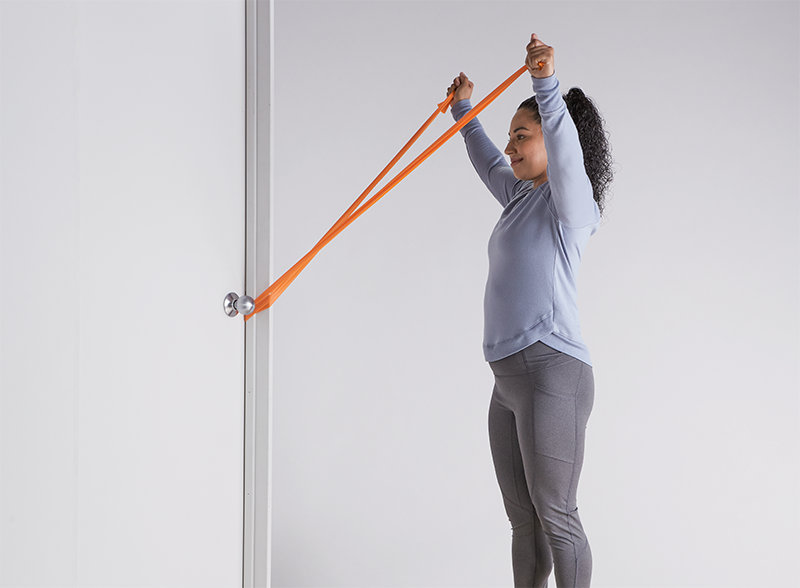10 Lower Trap Exercises Physical Therapists Want You to Do
Learn about the importance of lower trap exercises and discover the moves recommended by physical therapists.
$0 costo para usted
Última actualización: Sep 1, 2025
El índice
Fully covered back pain relief
Find relief from lower back pain, a thrown out back, sciatica, & more.
Check if I'm eligible